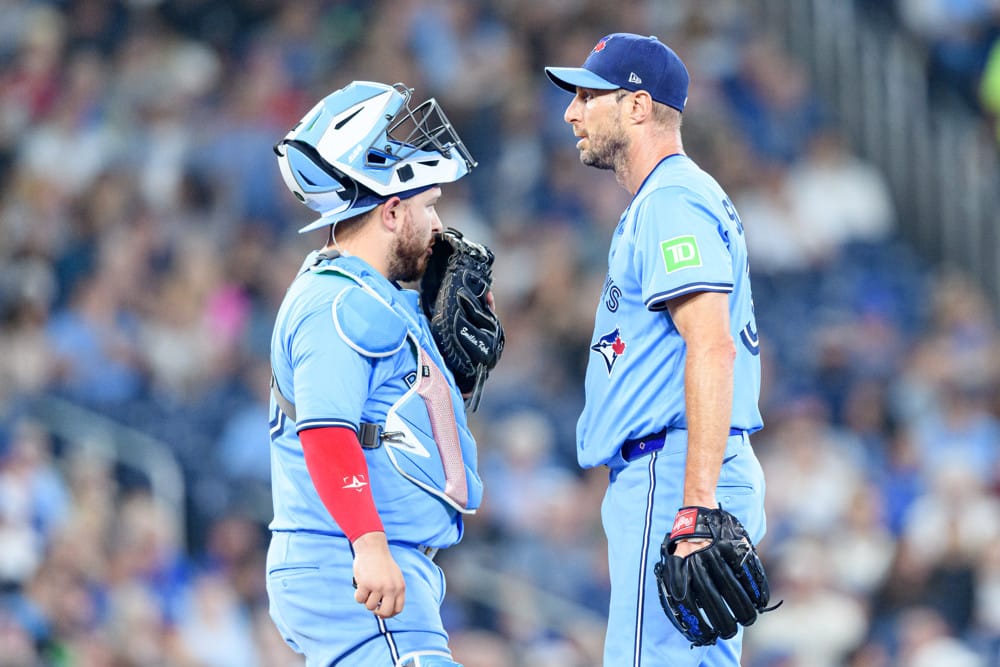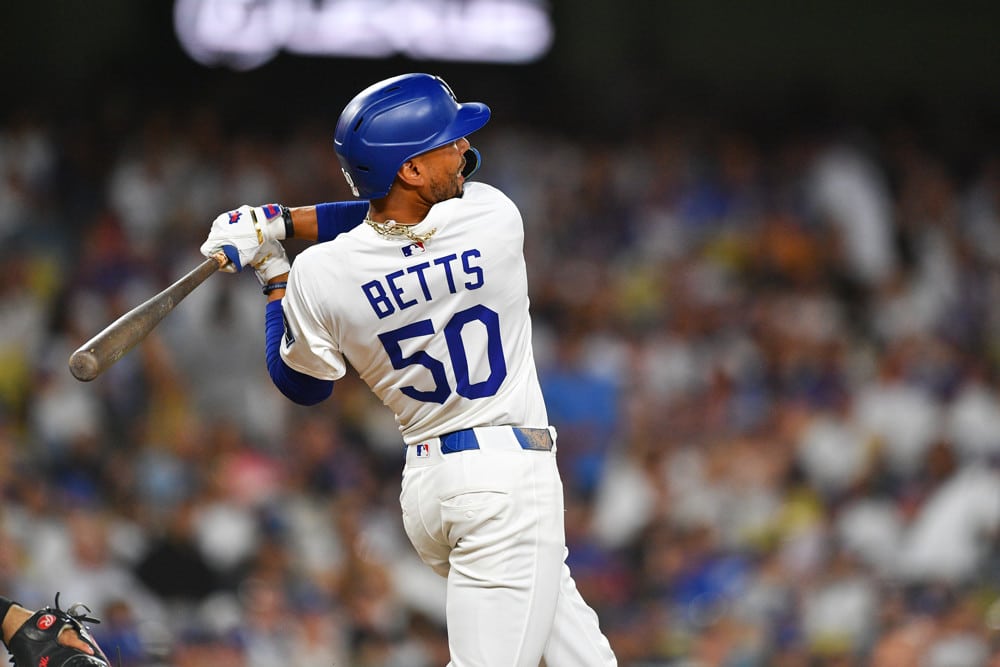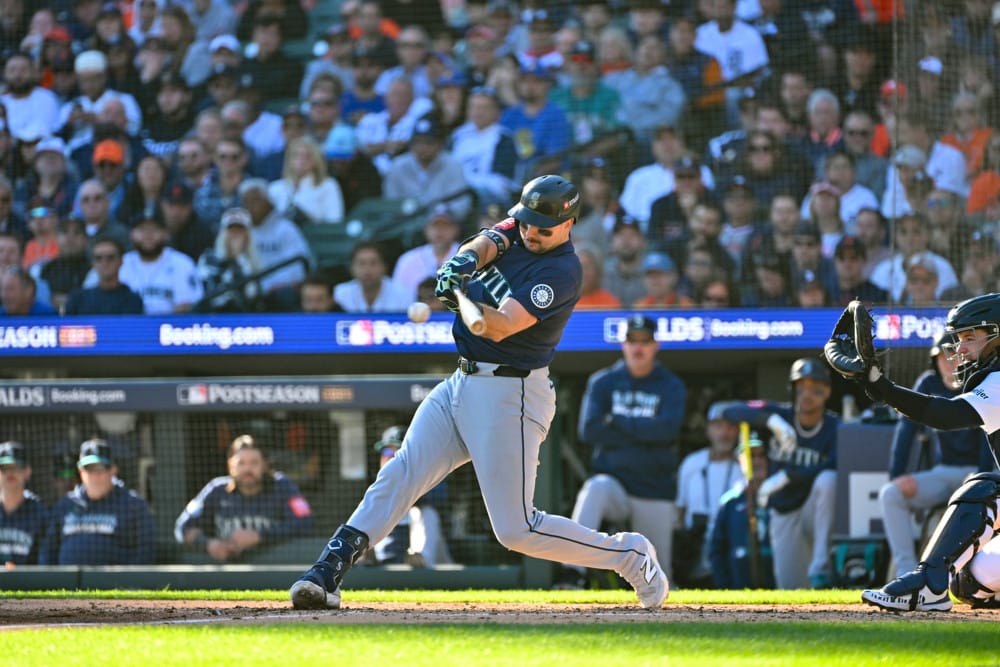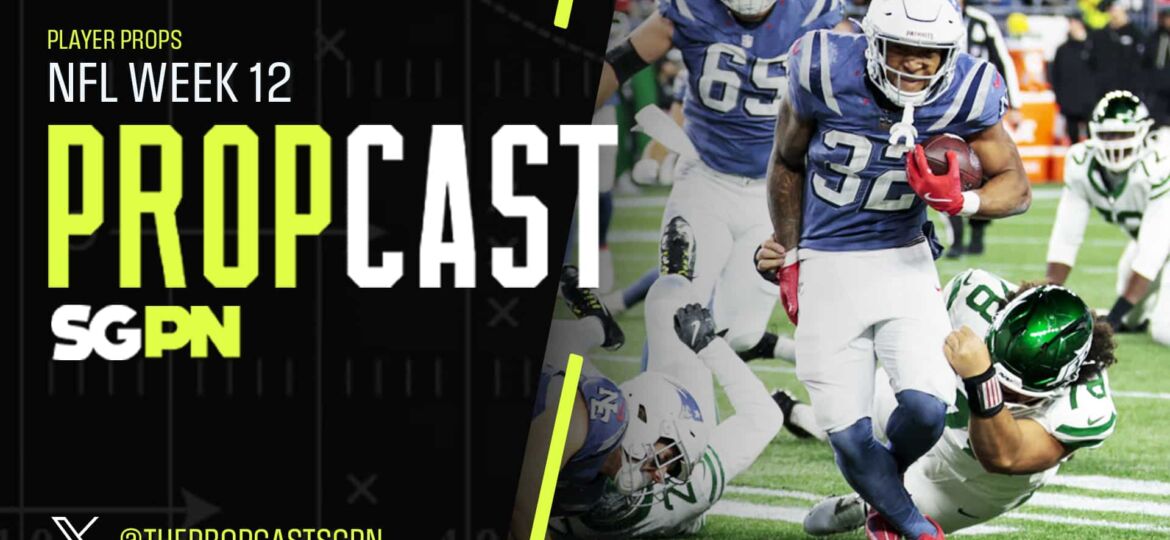Every year, the NHL preseason is a minefield of overreactions and wishful thinking, especially when analyzing the most scrutinized teams in Canada. Bettors pour money into futures markets—Stanley Cup, Division titles, Playoff berths, based on offseason hype. Now that the puck has dropped and a significant chunk of the season is history, those initial odds look like yesterday’s news. If you’re serious about finding value, you need to ignore the noise and look at the actual numbers driving the line shifts for the Leafs, Oilers, and Canucks. The market is correcting, and so should your tickets.
Early Season Goaltending: The Great Equalizer
The single most disruptive force in early-season NHL wagering is unexpected goaltending performance. Look no further than the Toronto Maple Leafs. The pre-season expectation was that a top-tier offense would simply paper over defensive cracks. However, once the games started, even small dips in the expected save percentage (SV%) from their tandem have had a massive ripple effect on their over/under totals and their current odds to win the Atlantic.
A slight drop in SV% can push an Over bet from a tough sell to a virtual lock, as observed in their early schedule. This volatility is amplified in a high-event team like the Leafs; while they generate an impressive Expected Goals For (xGF), any weakness in the Expected Goals Against (xGA) is immediately exposed by shaky play in net, forcing their offense to overcompensate nightly. This positional volatility is a handicapper’s goldmine or nightmare, depending on whether you adjust fast enough.
The True Cost of Defensive Lapses in Edmonton
The Edmonton Oilers, perennial favorites and power-play behemoths, started the year with high expectations for a deep run. What the market failed to fully account for was their persistent struggle in five-on-five defense, particularly in suppressing high-danger chances (HDCF%). Even with a world-class power play, bleeding high-quality opportunities is a long-term losing strategy. Their odds have tightened because their high-octane offense must now score four or five goals a night just to stay even. This imbalance in their Expected Goals For (xGF) versus Expected Goals Against (xGA) is the factual, statistical reason their futures odds are longer than pre-season forecasts.
Vancouver’s Tactical Overhaul
The Vancouver Canucks have been one of the biggest surprises on the board, but their success isn’t luck; it’s a structural change. Their improved defensive metrics, particularly their Corsi For Percentage (CF%), which measures shot attempt differential, show a fundamental shift in controlling play. This reliance on instant, granular data is central to all modern digital entertainment. For instance, the sophisticated analytics engine that provides instant live betting odds during an NHL game is a cousin to the technology powering other real-time digital experiences—whether that’s a multiplayer video game, a massive streaming library, or the immediate feedback and secure transactions found on an online casino platform offering virtual card tables or slots. The common thread is the digital delivery and immediate, data-driven experience, though the required skill for handicapping the Canucks’ CF% is vastly different from a game of chance.
Adjusting Your Futures Portfolio Now
If you placed a bet on a Canadian contender back in July, it’s time for a thorough review into your portfolio. The information is out there. The current lines reflect real-world data points: injuries, coaching adjustments, and validated advanced statistics. Smart handicapping means not just analyzing the teams, but analyzing how the market is overreacting or underreacting to factual, non-generic news. Find the teams where the market hasn’t fully corrected yet, because that’s where the true value lies.






















